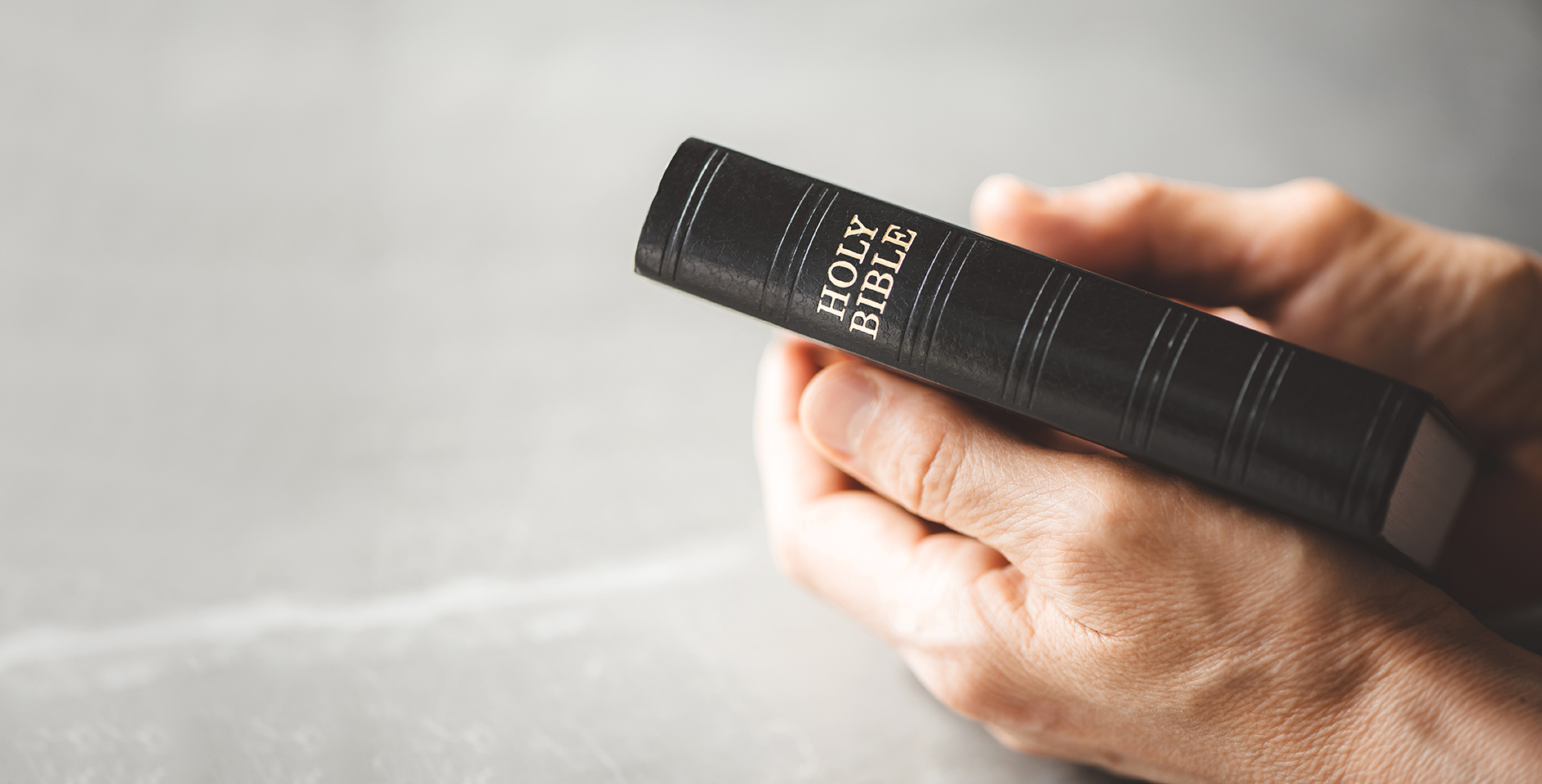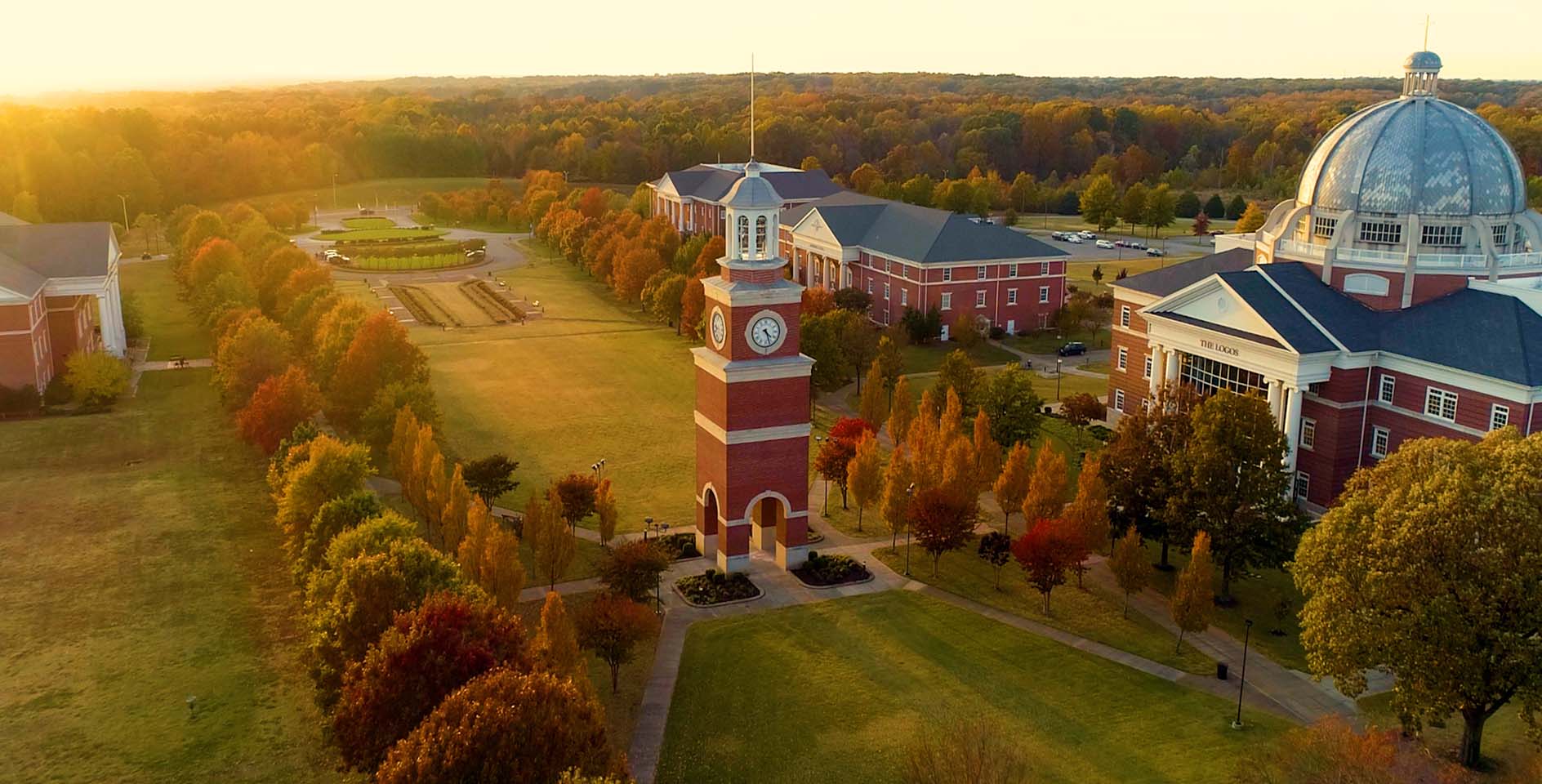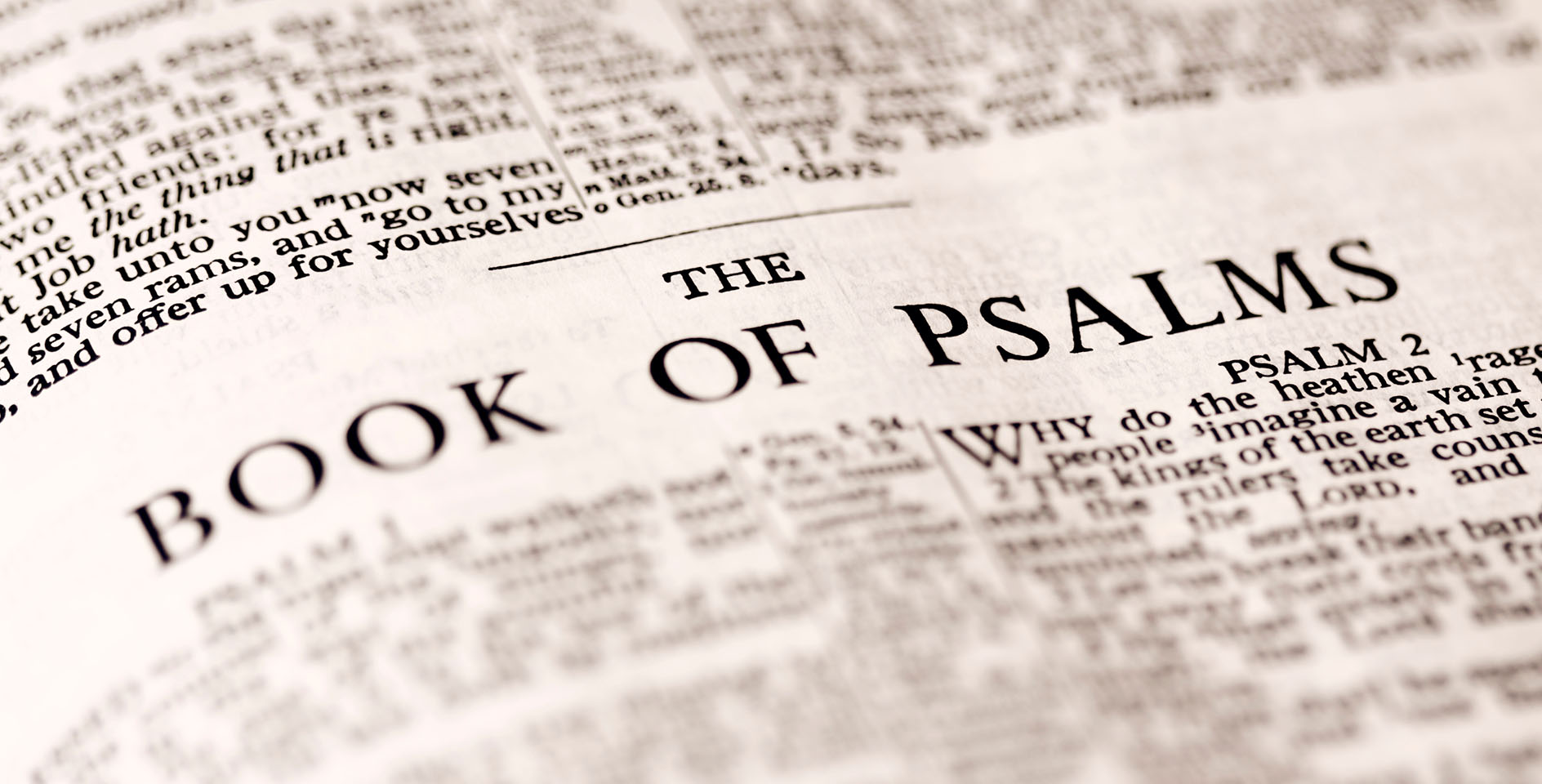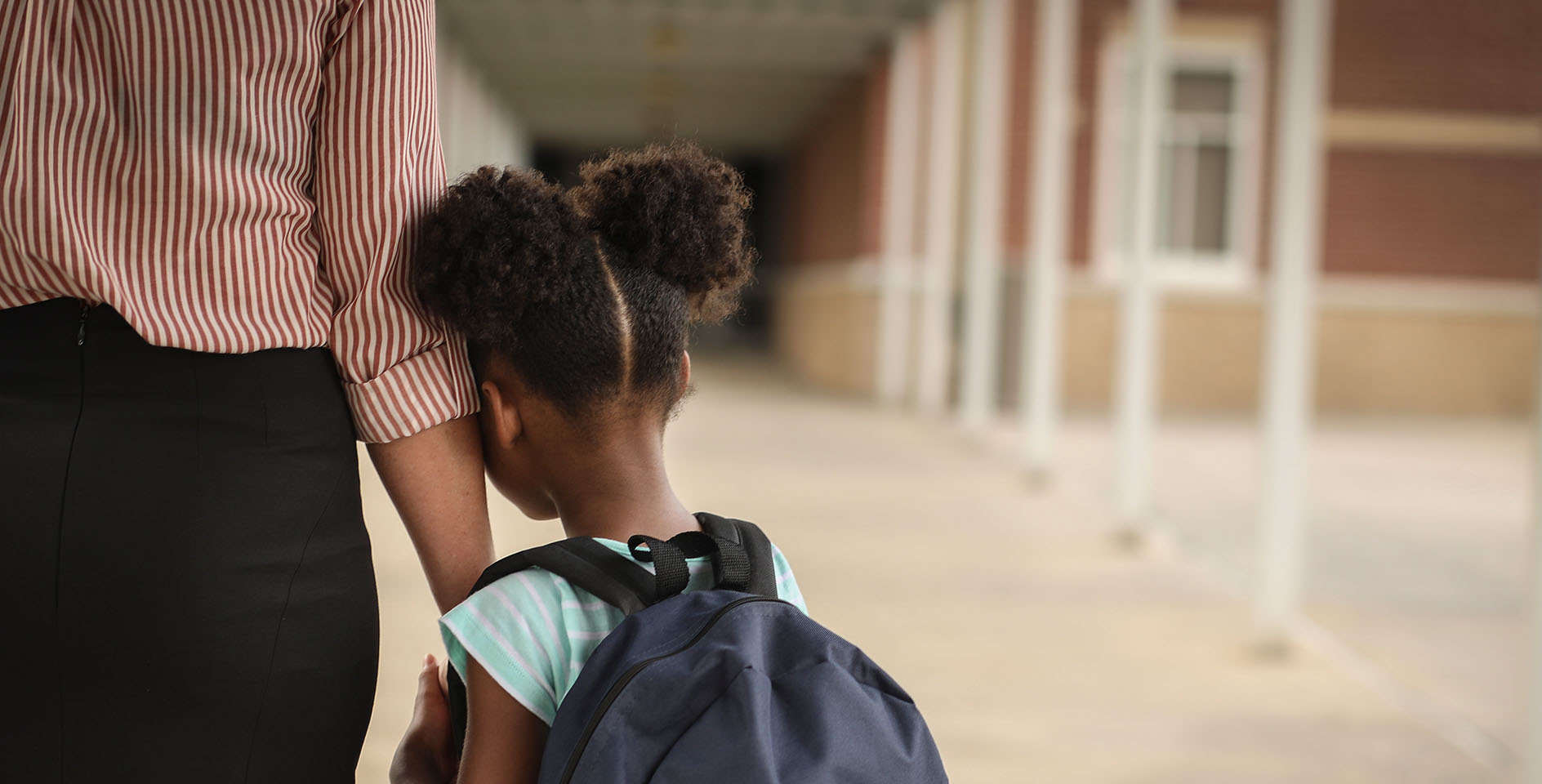For a long time, I had misconceptions about challenges for the deaf concerning Bible reading. Honestly, I had never taken the time to ask someone who suffers with permanent hearing loss about their experience. If I had, I may have learned that the Deaf face unique challenges such as difficulty finding accommodating workplaces, higher rates of depression, and maybe the thing that would have surprised me the most is the fact that many deaf people struggle to read because of the inability to hear the sounds words make. Imagine reading this sentence without the ability to sound out the words in your mind. You would be dependent on memorizing random letters in specific arrangements and assigning meaning to them. This is why American Sign Language (ASL) truly is a unique and vital tool utilized by millions of people in our country today.
I regularly lead tours at Museum of the Bible in Washington, D.C. Maybe my favorite stop on the tour is the Illuminations room. On the History of the Bible floor there is a display featuring Bibles from many different translations. These are not English translations, though, except for one. In this room, there are hundreds of translations of various languages from around the world. Yet, on the other side of the room you will find yourself surrounded by empty Bibles. These are representative of entire languages that do not have a usable translation of the Scriptures. Until recently, American Sign Language, while not a written language, would have fallen in this category of not having a full Bible translation.
Duane King, a minister in the Independent Christian Church, became burdened for the hearing impaired in his community. In 1970, King began to recognize that the inability to hear often keeps the deaf from attending church. King began learning sign language to reach this overlooked, vulnerable group and began signing from an English Bible translation. Eventually, King recognized this was not good enough, that American Sign Language was its own language and needed its own translation. This began the Deaf Missions Bible project, which featured the work more than 50 translators with competency in both biblical languages and ASL.
Praying for the harvest
The bottom line of my previous ignorance is that I lacked the sight to see the Deaf. And if I’m honest, I often lack that same sight to see the unreached people groups around the world, not to mention the people around me that have not responded to the gospel. Language barriers are a poor excuse for indifference, especially when I am forced to reckon with my failures to share the gospel with fellow English speakers.
In Matthew 9, Jesus looks out over a sea of people as he ministered throughout Galilee. His response was to turn to his disciples and say, “The harvest is plentiful, but the laborers are few.” Perhaps you are like me. As I read these words of Jesus, I expect him to say, “So, what are you standing around for? Let’s get busy helping these people!” But as he often does, Jesus’ response is unexpected. He commands the disciples, “Therefore pray earnestly to the Lord of the harvest to send out laborers into his harvest.” When we consider the unreached, our Messiah has commanded us to first pray for God to raise up laborers to send out.
In light of this, would you join me by taking a moment to pray for these three things?
- May God raise up laborers to serve the Deaf community. The data is overwhelming. Less than 5% of deaf persons have a personal relationship with Jesus and well over 80% have no contact with a church. We need more gospel Christians willing to engage this people group.
- May God raise up more laborers to translate the Scriptures. There are still thousands of languages—written and sign—that do not have a single verse of Scripture translated into their heart language.
- May God raise up laborers to reach the nations. There are still thousands of unreached people groups around the world. This does not just mean “lost” people. Unreached means there is not a viable number of Christians to share the gospel with all the people who make up this group.
Each year, there is a special celebration to rejoice in new Bible translations in the Illuminations room at Museum of the Bible. Empty Bibles that once sat on a shelf marked “In Progress” are moved to a shelf showing translations in process. 2020 marked the year that the entire Bible was finally translated into American Sign Language. This was a monumental accomplishment worthy of celebration. But the work is far from over. There are well over 100 different sign languages in use around the world. Some of them are in regions that are difficult to reach. But God did not command us to make disciples where it was easy or convenient. We are called to do the work required to make disciples of all peoples. God willing we will soon see a time when no person lacks access to the Scriptures translated into their own language.










